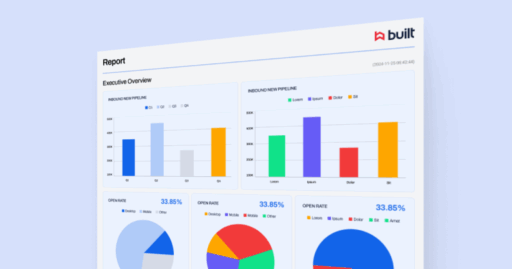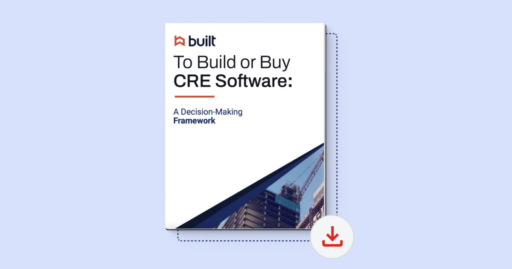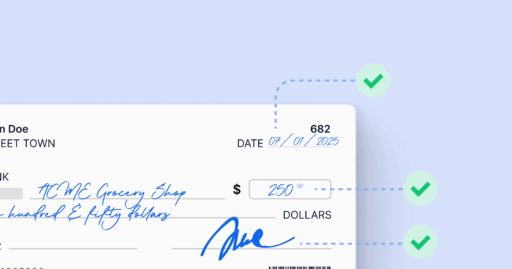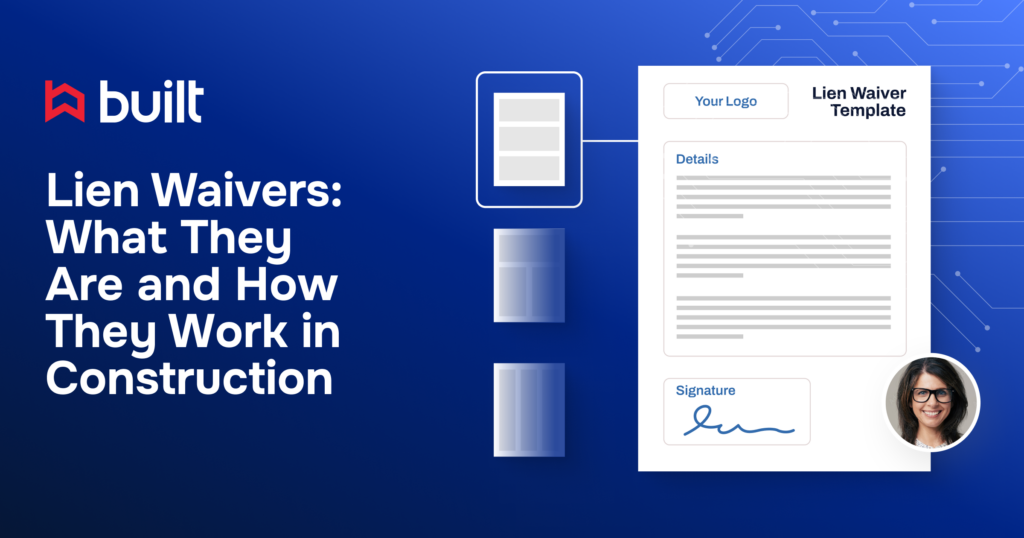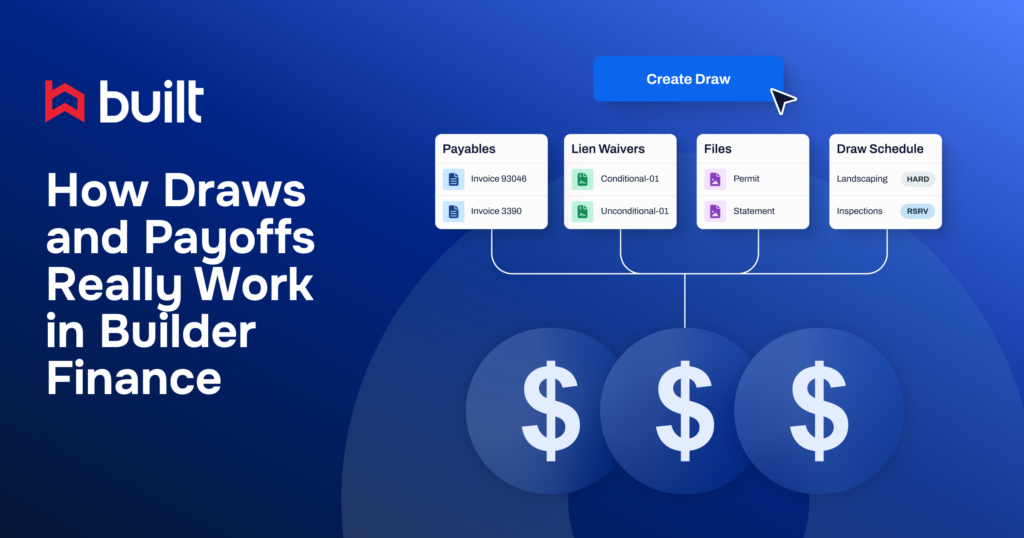
Understanding the 4 Common Construction Contracts

Construction contracts are not one size fits all. Because every project is different and presents unique challenges, understanding the different contract types is crucial to the overall health of your project and business. Although there are various types of construction contracts, the most common are:
- Lump sum
- Gross maximum price (GMP)
- Time & materials (T&M)
- Cost-plus
To determine the right contract for the job, it’s important to understand how billing differs between contract types, who bears the most risk, and the pros and cons of each.
What is a lump sum contract?
In a lump sum (or fixed price) contract, contractors are paid a fixed price for the total amount of work completed for the project. To determine the billing amount for this contract, contractors estimate all labor and material costs, then add a fee to cover overhead and ensure they make a profit. On smaller projects that use lump sum contracts, it’s common for contractors to be paid after all work has been completed. However, for larger projects, the contract may call for progress billing. Progress billing occurs at regular intervals and revenue is recognized based on the percentage of the project that has been completed. This type of billing offers the owner more control and ensures consistent payment for the contractor throughout longer projects.
With relatively minimal paperwork and a simple structure, lump sum contracts are among the most basic contract types. This simplicity makes them effective for projects with short, predictable schedules. However, these contracts offer little flexibility, as they don’t account for delays or unanticipated costs incurred after the project has begun. Therefore, contractors bear a substantial amount of risk, as any mistakes or miscalculations can cut directly into their profits.
| Pros | Cons |
|
|
What is a T&M contract?
In T&M contracts, contractors are reimbursed for both direct costs (i.e., material and labor) and indirect costs (i.e., administrative, rent, and mileage). In addition to reimbursement, contractors are paid an established hourly or daily rate. Because of their relatively straightforward pricing structure, T&M contracts are flexible and most effective for projects that may not have a defined scope. While the basic structure of a T&M contract is simple, compiling billing documentation can be quite involved. Contractors are required to keep detailed records of every cost to get properly reimbursed.
Flexibility is a clear benefit of T&M contracts–however, this flexibility comes at a cost to project owners. Owners take on a fair share of risk when using this contract type, as they’re responsible for paying any unexpected costs that may have not been budgeted for. Combining with a GMP contract can help offset some of this risk by setting a maximum price limit that cannot be exceeded.
| Pros | Cons |
|
|
What is a cost-plus contract?
Like T&M contracts, cost-plus contracts stipulate that contractors be reimbursed for both direct and indirect costs incurred on a project. The primary difference between cost-plus and T&M is how the contractor secures a profit. Instead of being paid an additional hourly or daily rate, contractors are paid a set amount based on a percentage of the total project price. Cost-plus contracts are flexible and allow owners to make changes as the project progresses.
Owners bear a significant amount of risk in cost-plus contracts, as they’re responsible for paying all project costs–including those that aren’t budgeted for. For this reason, cost-plus contracts are best reserved for complex projects that require a lot of flexibility. They can also be combined with a GMP contract to help reduce the owner’s risk by setting a maximum price limit that cannot be exceeded.
| Pros | Cons |
|
|
What is a GMP contract?
In a GMP contract, a maximum price limit is set for the completed project. Although GMP contracts can stand on their own, they may also be used in conjunction with another contract type to help mitigate risk. For example, a T&M or cost-plus contract can incorporate a GMP to ensure that costs do not exceed a certain amount.
If material or labor costs exceed the agreed-upon maximum price, those additional costs are covered by the contractor. However, GMP contracts will often include a clause stating that any cost savings will be shared between the contractor and owner. Sharing savings offsets some of the risk for the contractor and incentivizes both parties to finish the project faster and under budget. GMP contracts also include a contingency as part of the total price. This contingency amount, which is calculated as a percentage of the total cost, serves as a safety net for the contractor if costs exceed the maximum price.
| Pros | Cons |
|
|
The Right Contract for the Job
It’s important to understand the nuances of each contract type to determine how the project will be billed and what risks are involved. When the contract fits the job, both the owner and contractor stand to benefit.
How Can Built Streamline Your Billing Process?
Construction billing processes require detailed record keeping to ensure everyone gets paid. When done manually, logging every cost and tracking every payment document can be incredibly tedious and time-consuming. Leaving even a single payment document unaccounted for can cause payment delays and put your company at risk.
Built’s digital platform streamlines the entire payment process by eliminating duplicate data input, simplifying payments, and making it easy to track lien waivers and compliance documents. By ensuring complete recordkeeping of important payment documents, Built greatly reduces the financial risks that commonly burden companies as they scale.
Talk to an expert about how Built can bring value to your company.
